|
by Caroline Cook
One theme from the conference that surfaced again and again was the “sense of place” that we seek to develop in our children, and how the nature we grow up with shapes our values and character throughout our lives. What, exactly, is a sense of place? Anthropologists, geographers, historians, and other social scientists have different definitions, but in general, a sense of place involves a connection to the land that involves both knowledge and emotion, and connects to the environment’s cultural history as well as its nature. Our classroom already values place-based education; our daily observations and experiences in the park frame our literacy, math, and science curriculum. However, this year, I want to be more intentional about teaching my students that the Mercer Slough, specifically, is a special place. Here are some changes we’re making to our curriculum:
I’m excited- as a transplant to Washington, I’ve been hoping to develop a deeper connection to Washington’s natural and cultural history, and now I have an excuse to be more intentional about it! Do you have special teaching practices that help children develop a sense of place? Please share them in the comments!
2 Comments
by Jess Brewer, preschool instructor, Nurture in Nature Preschool at the Tacoma Nature Center
Often, the word risk has a negative connotation and is something to be avoided or even feared. However, I was excited to see several sessions at the national conference that addressed and embraced risk as something to be encouraged and celebrated in outdoor preschool programs. Families of our incoming preschoolers at the Tacoma Nature Center’s Nurture in Nature Preschool understand that safety is our number one priority and while we do our best to prevent and predict hazards throughout our preschool day, risk taking is encouraged. As teachers, we can see the benefits of our students taking reasonable risks, but it can sometimes be a difficult sell to parents who are concerned for their child’s safety and well being. While attending a session about risk taking and risk assessment we brainstormed a comprehensive list of the benefits of risk which I wanted to share with you all as a reminder of why it is important to allow reasonable risk taking in your preschool program; and also as a communication tool for helping families understand why we promote risk taking. Benefits of Risk: -self regulation development -confidence building, self satisfaction -enhanced imagination, creativity -partnerships, team building -problem solving -trust building -independence -accomplishment -facing fears -failure, coping skills -cause and effect -resilience, persistence, commitment -memories, storytelling -discovering limits -accepting challenges -growth, calculating risk -engagement -mindfulness -agility -motor skills -proprioception (awareness of personal body movement) -active lifestyle -social/emotional risk Some questions to consider: What type of risk do you encourage and what do you avoid in your program? At the session, we sorted risks and hazards into six different categories: rough and tumble play, disappearing and getting lost, dangerous elements, dangerous tools, rapid speeds, and great heights. What safety measures do you have in place while students engage in risk taking activities? What will you do ‘find a way to say yes’ to your students and allow risk taking while at school? Let’s continue the conversation! If this topic is of interest to you, please feel free to comment below and add your thoughts, ideas, and opinions. |

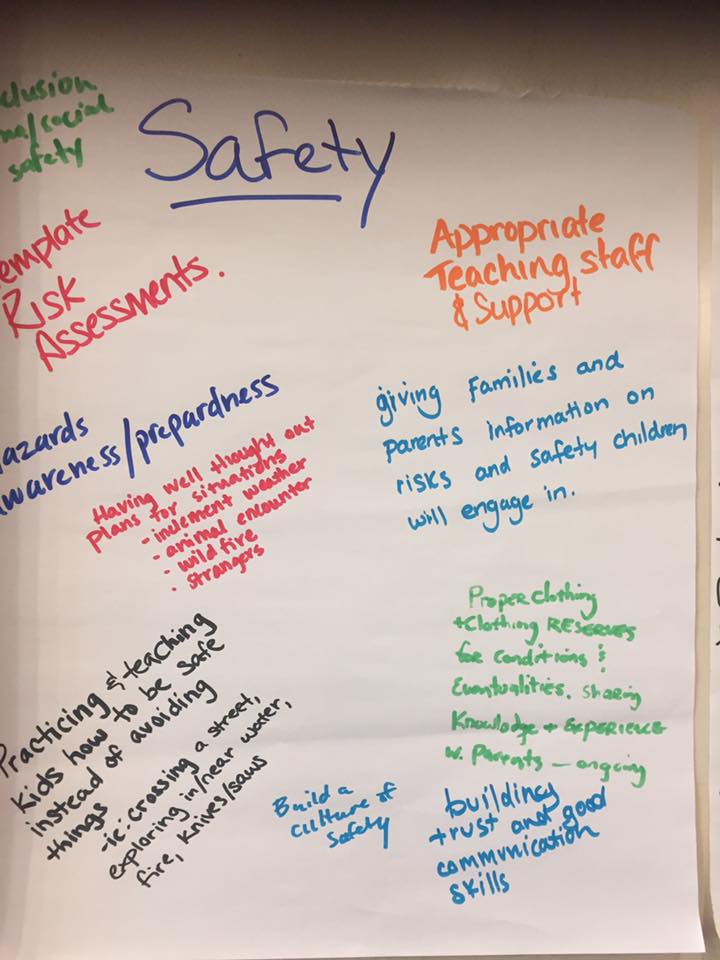
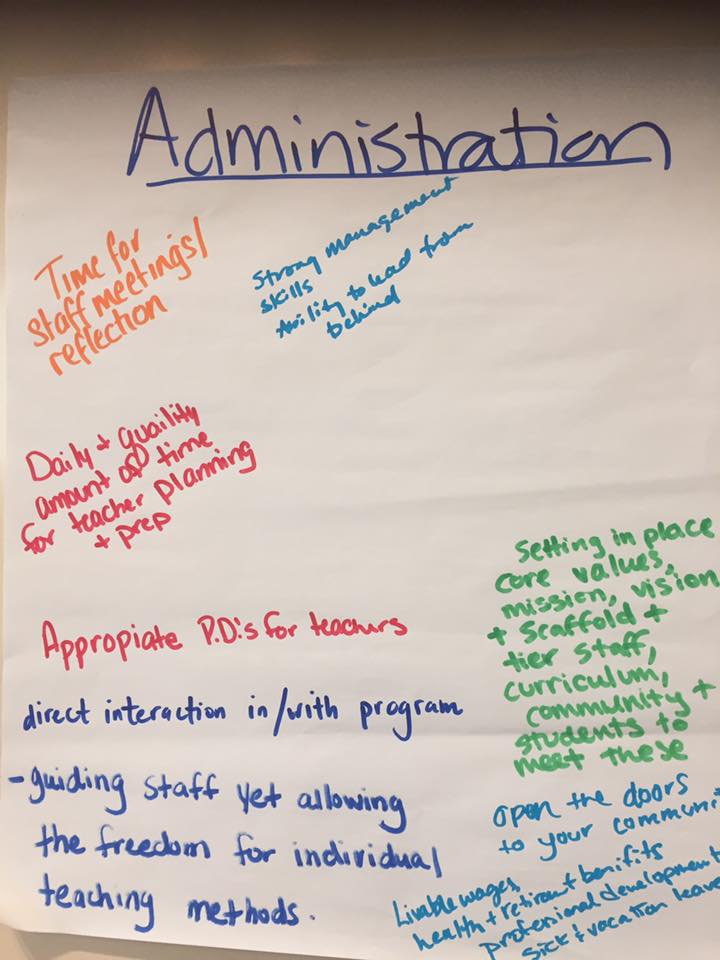
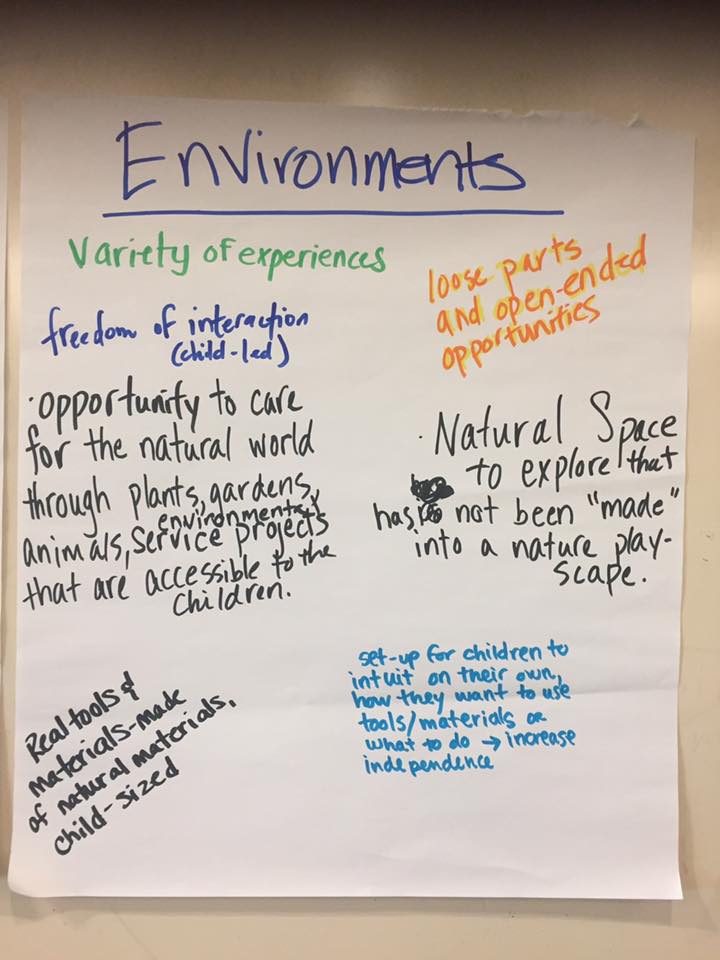
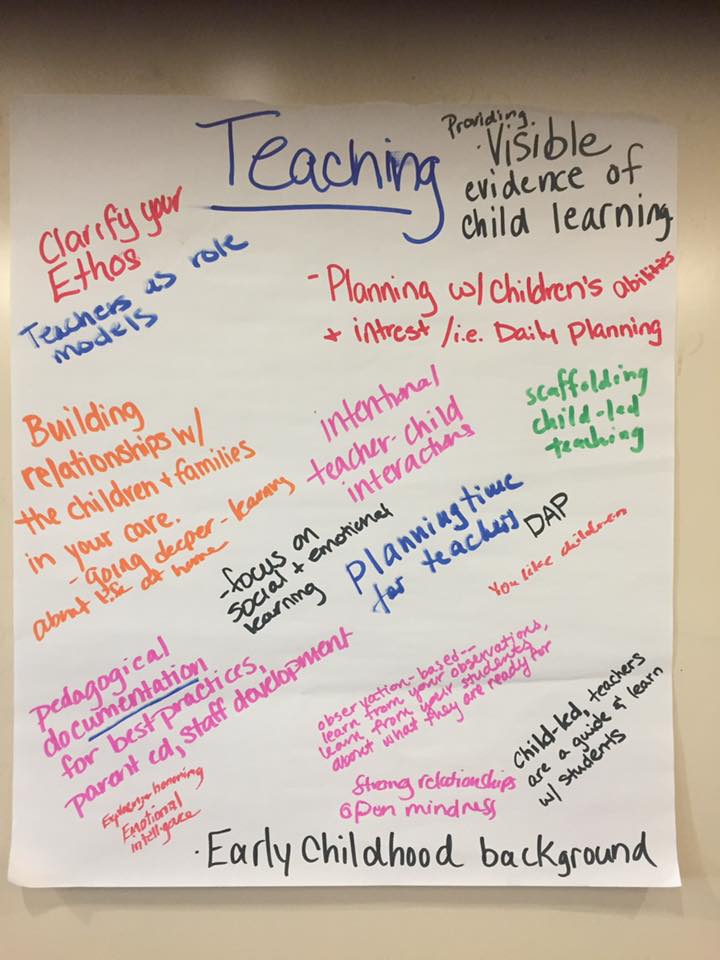
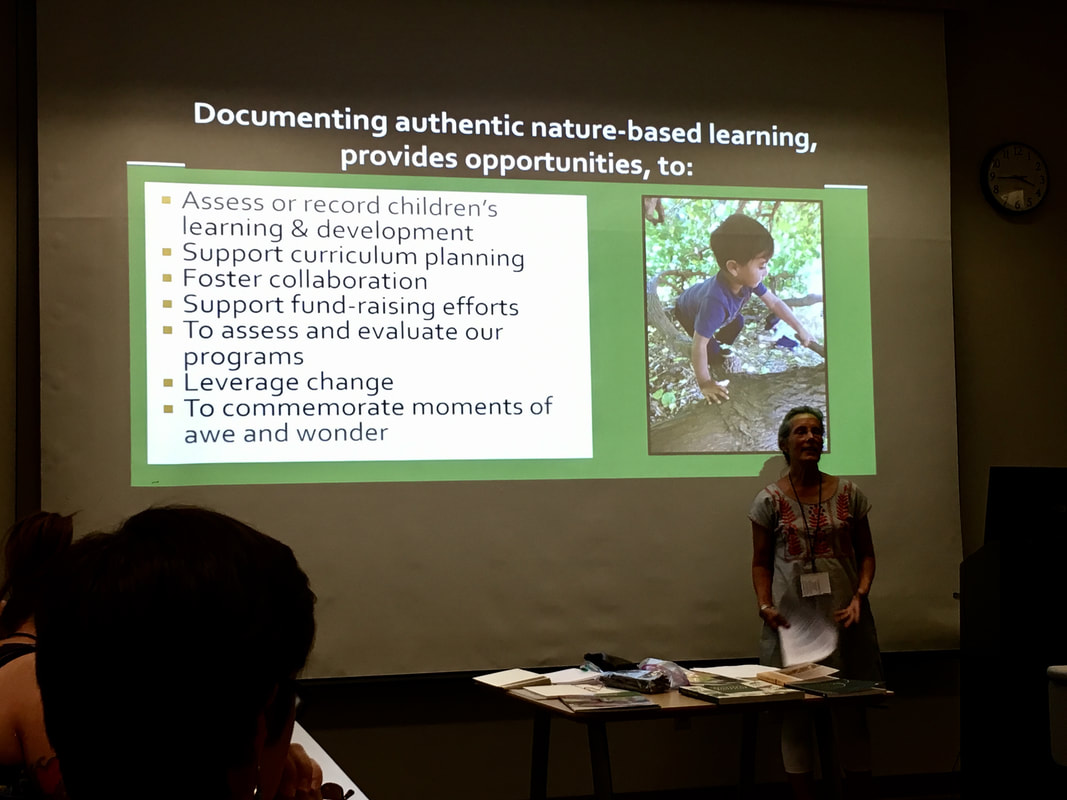
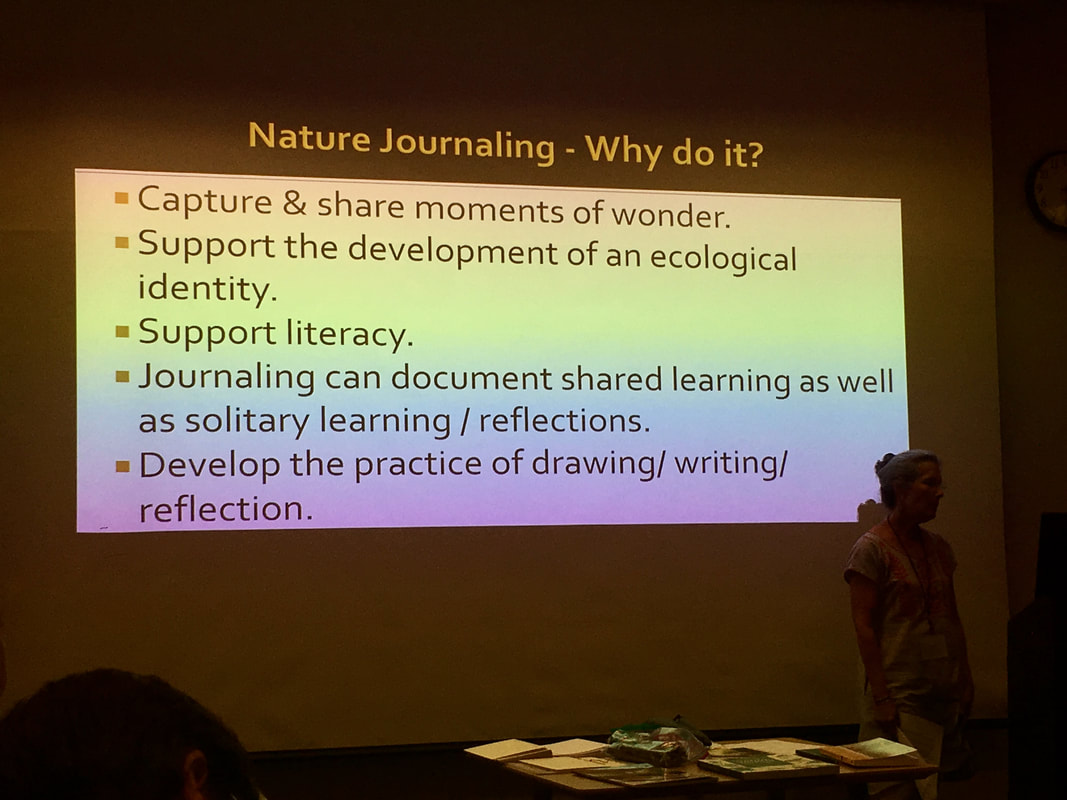
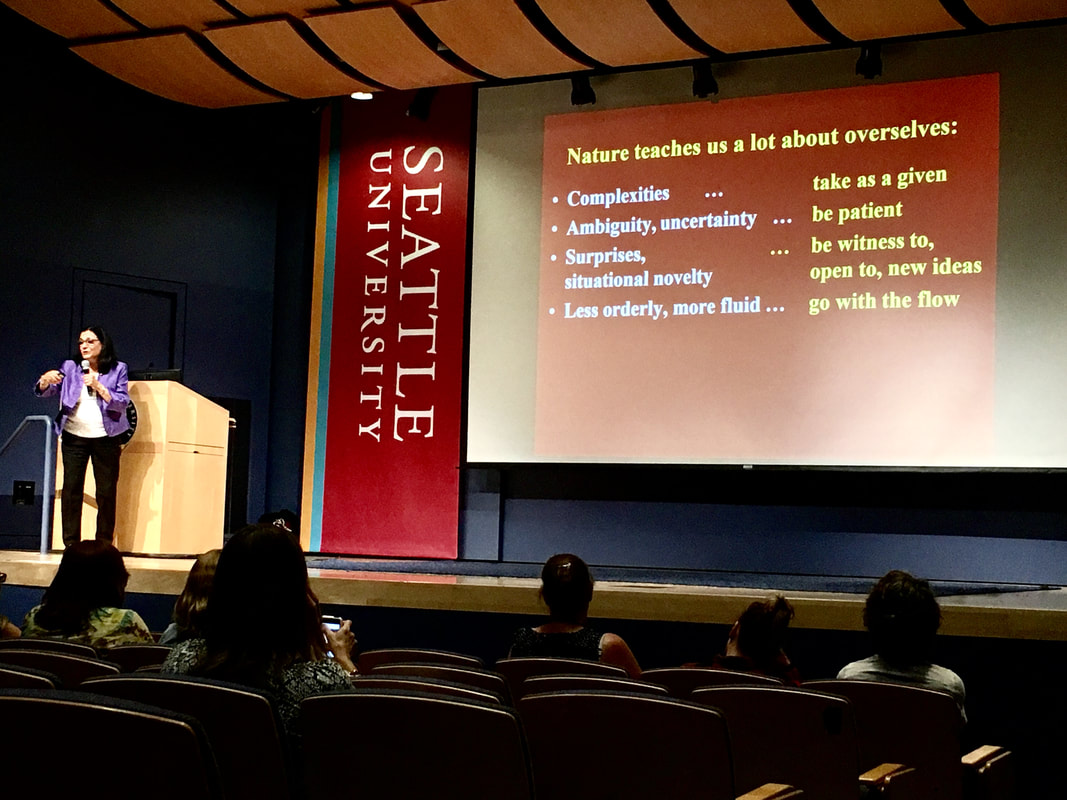
 RSS Feed
RSS Feed
